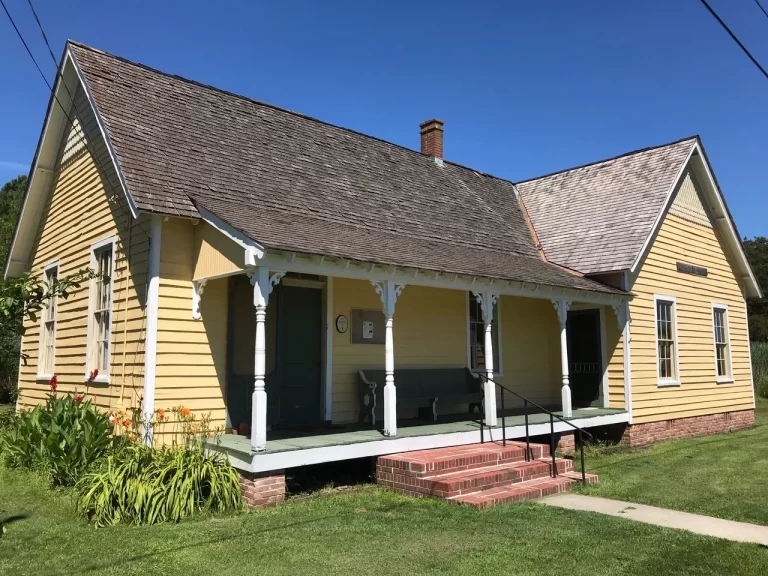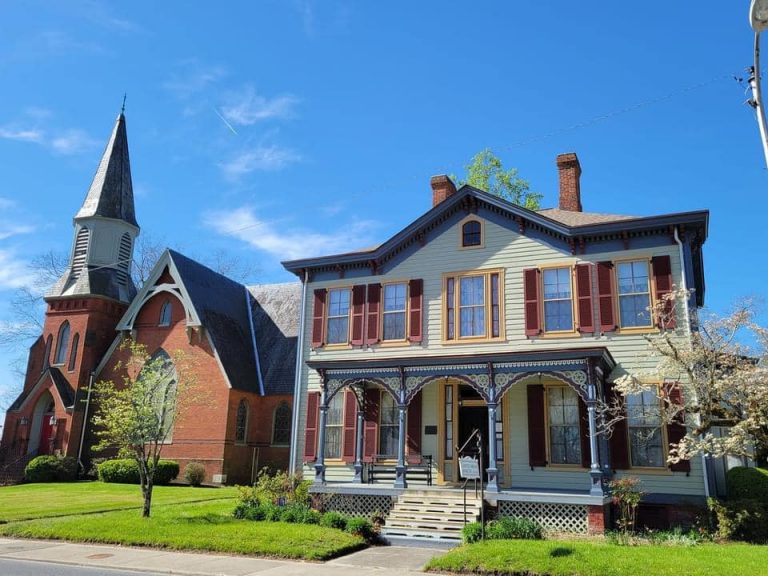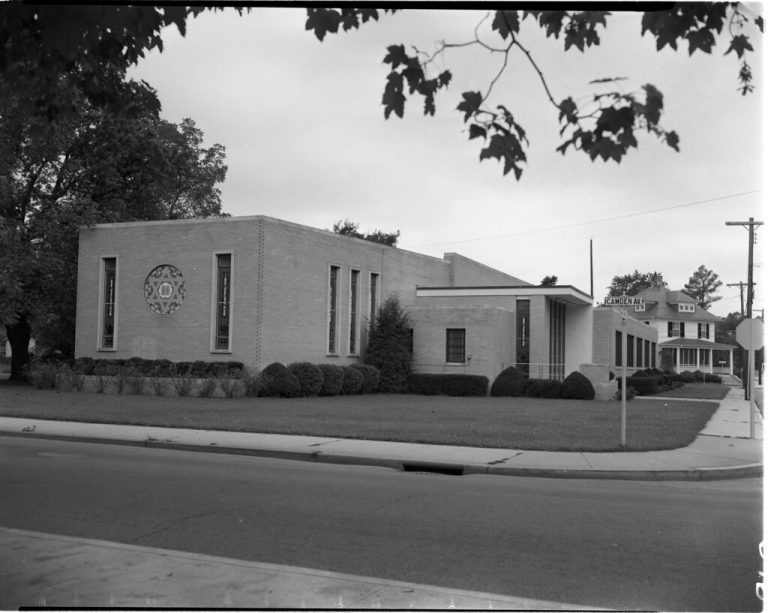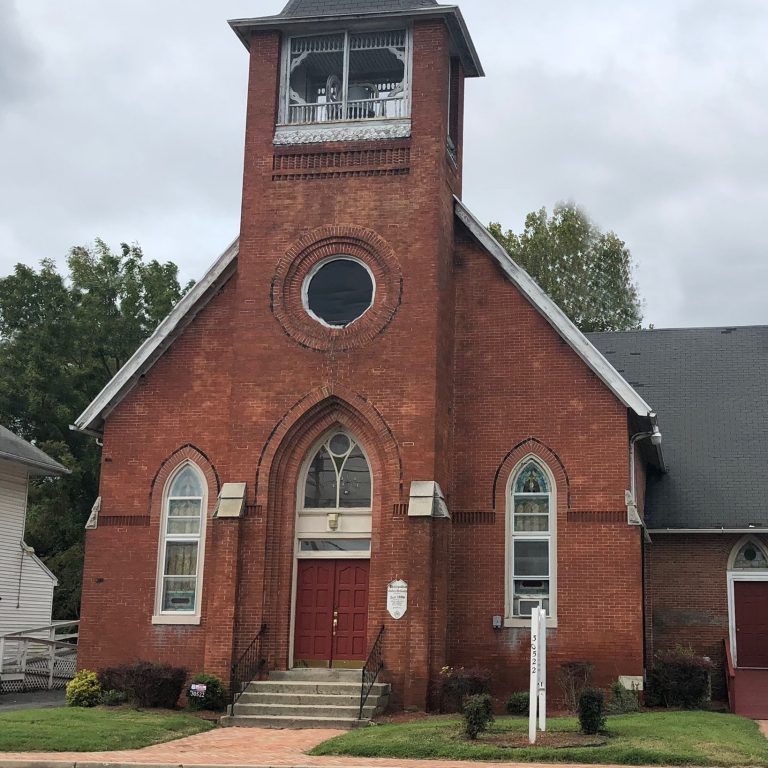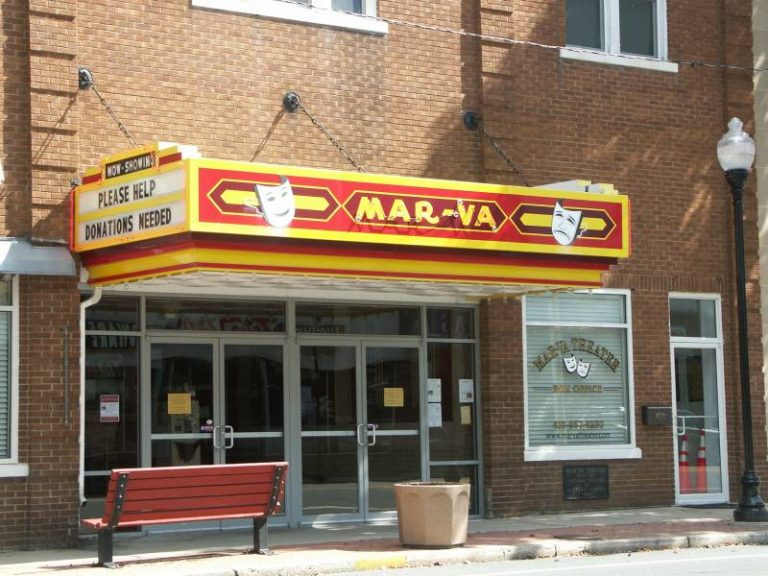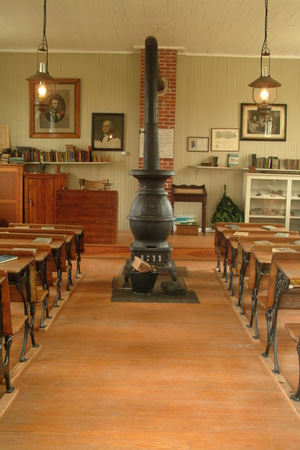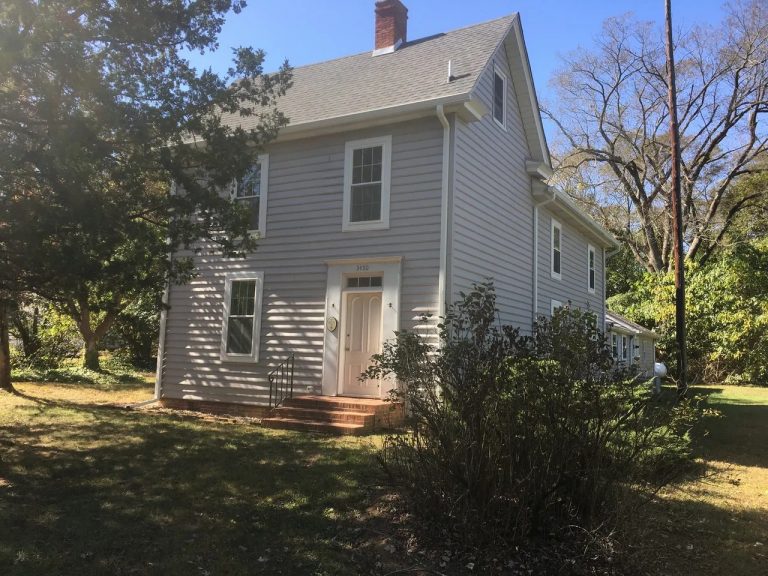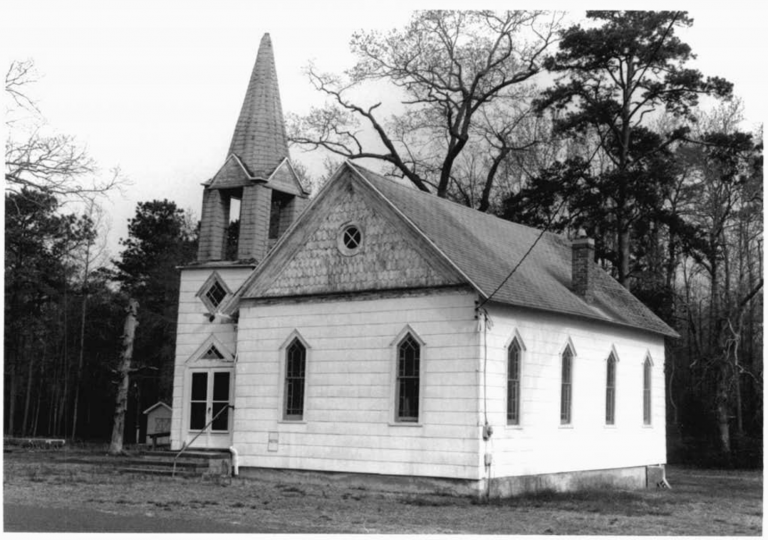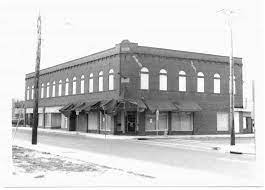All Historic Buildings
Historic buildings
-
Whitehaven Schoolhouse was first constructed in 1886 to meet the demand of the growing community. By 1908, an addition to the school was made, adding an additional room and a porch. However, with the rise of bus transportation of children to schools, Whitehaven Schoolhouse was closed in 1935 and acquired by the Whitehaven Methodist Church in 1937, from which point Read more...
-
The Costen House was built by Pocomoke City’s first mayor, Dr. Isaac Costen, in the 1870s when he came to live in Pocomoke (at the time Newton) after the American Civil War. In the late 20th century, when the Costen House was set to be demolished, a museum was funded by the Spirit of Newtown Committee and the house was Read more...
-
Originally founded in 1925 on Salisbury’s Main Street as Kahelas Israel Congregation, Beth Israel is the only conservative congregation on the Eastern Shore of Maryland. At the time, only nine Jewish families were present in the Salisbury area and the number of families remain few. Despite this and several migrations from building to building, the synagogue has survived as a safe Read more...
-
Ancestors of members of this church worshipped during slavery in the balcony of St. Andrews Episcopal Church. In 1841, they organized a separate congregation and worshipped at that site until 1860. By 1861, the members purchased land and built a school and a church, the John Wesley Methodist Episcopal Church. In 1884, the Delaware Conference of the Episcopal Church granted Read more...
-
Entertainment in the form of motion pictures was obtainable in local theaters in the principal towns, although seating was segregated between the main auditorium and the balcony for white and black ticket holders. The Mar- Va Theater in Pocomoke City, built in 1927 and redecorated 10 years later, survives with a separate staircase, ticket booth, bathroom, and concession stand in Read more...
-
Mt. Zion One-room Schoolhouse was originally built around 1859 in Mt. Zion (near Whitton), this schoolhouse was operated until 1931. From that point, the building sat until Dr. Paul Cooper, Superintendent of Schools, had the building moved to Snow Hill in 1959 in an effort to preserve the schoolhouse for future generations. At the time, the structure was in a Read more...
-
The village of Allen falls between Princess Anne and Salisbury has been endeavoring to preserve their local culture and history with the help of the Allen Historical Society. This effort was aided by the opening of the Allen Historical Society Museum in the Huffington-Pollitt House where visitors and residents can learn more about the history of Allen through various exhibits. Read more...
-
Thought to have been built in 1866, the Calvary M.E. Church (also referred to as Bishop Methodist Church) is a small church located in what remains of the Glass Hill community. Once the heart of the community, the church remains a symbol of Glass Hill and the African American community built around it. The old Glass Hill School, first built Read more...
-
The Franklin Hotel was a hotel catering to African Americans when segregation was enforced. The building was constructed in 1930 and was known as the Mainlake Building. The bottom floor hosted a restaurant and four spaces for shops while the second floor held apartments. In 1955 the Franklin Hotel was established by Melvin E. and Donzelle Hutt and the hotel Read more...
-
In 1929 Pittsville the first fire hall was built after the fire department had been established the following year. In the 1970s, a new fire house was built on the other corner of Main Street and Gumboro Road, replacing the fire hall which went on to serve several purposes in the following years. It was not until the 2000s that Read more...
